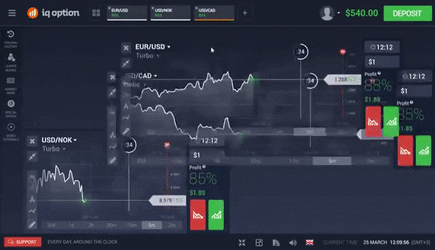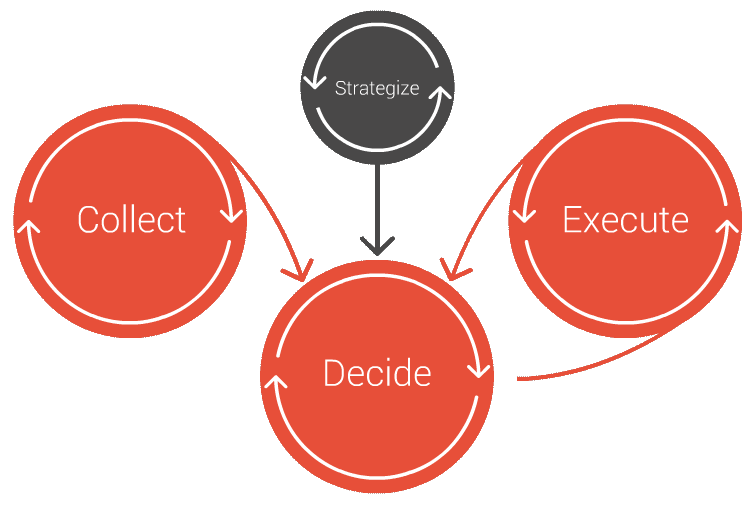An executive program in investment management can be a great way to learn more about managing your money. These programs are for professionals who want to understand the investment industry in-depth. This blog post will discuss the basics of executive programs in investment management, including what you can expect to learn and the benefits of completing one.
The basics of an executive program in investment management
These programs prepare students for careers in investment banking, asset management, and other finance-related fields. An executive program in investment management typically covers risk management, portfolio theory, and quantitative methods. Students in these programs learn how to identify and assess opportunities, make investment decisions, and monitor and manage portfolios.
Executive programs in investment management are for working professionals who want to advance their careers in finance. These programs last for one to two years and often include a practicum or field experience component. Admission to an executive program in investment management usually requires a bachelor’s degree in business, economics, or a related field.
Benefits of an executive program in investment management
An executive program in investment management can offer you many benefits, including:
- In-depth knowledge of the investment management industry
- Exposure to a variety of investment management topics
- The opportunity to network with other professionals in the field
- The chance to earn a credential that can enhance your career prospects.
If you are interested in pursuing a career in investment management, an executive program in investment management can give you the necessary knowledge and skills to succeed. These programs can be demanding, but they offer a great return on investment for those dedicated to their studies. With hard work and dedication, you can position yourself for a successful career in investment management.
Discover a career in investment banking course with Imarticus Learning
The distinguished IIM Calcutta teaches the world’s top financial management and financial accounting program. This curriculum will cover the fundamentals and advanced concepts of debt capital markets, equity capital markets, and investment banking.
The Executive Course in Investment Banking and Capital Services is the most exemplary program for executives aiming to advance their careers in finance. This curriculum was created in collaboration with IIM Calcutta and will teach students the technical skills and practical knowledge that a professional financial needs.
This program will provide students with an extensive understanding of investment banking and global capital markets. Our industry-leading training provides students with in-demand technical and managerial abilities and practical knowledge of the topic and its practical application.
Course Benefits For Learners:
- This executive program in investment management enhances learning by incorporating real-world examples and case studies from the present market.
- The IIM investment banking and capital market course will help students reach their goals and obtain employment in the financial sector.
- The IIM Calcutta Financial certification is ideal for professionals willing to advance their careers in the financial sector.






 A credit analyst course or PG diploma in banking and finance may help you to achieve that.
A credit analyst course or PG diploma in banking and finance may help you to achieve that. 
 Learn and grow with Imarticus!
Learn and grow with Imarticus! Gain Industry Certifications:
Gain Industry Certifications: 
 What is Money Laundering?
What is Money Laundering?

